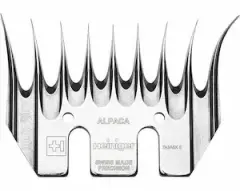
Late Pregnancy
NZ Eikon Saffron at 319 days showing a bulging abdomen. Foetal movements could occasionally be seen at this time. She started Stage 1 labour early in the morning after 341 days gestation. Amniotic fluid was seen discharging onto her legs, she was restless, had stopped eating, repeatedly tried to use the midden and was humming frequently.















